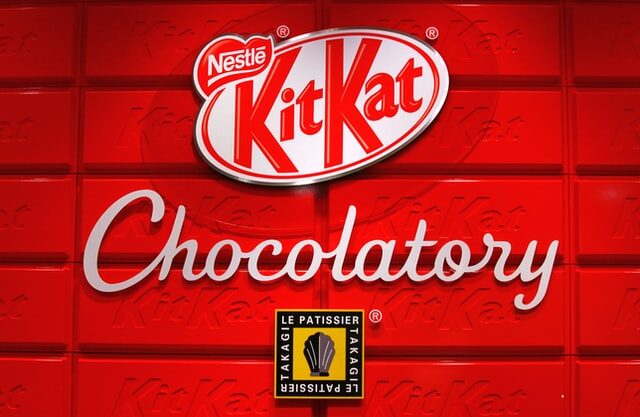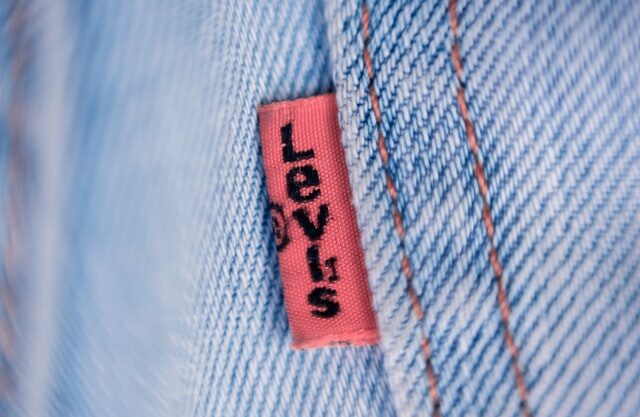Swipe Left to Read the Full Story
Demarketing is a type of marketing when a brand wants to discourage you from buying its product. But why?
Just swipe the slides and read the above story in an interactive way or you can read the story below
Surprised by this Marketing strategy?
Yes!! There is a type of marketing that discourages you from buying its product
The use of advertising to decrease demand for a product that is in short supply.
Websters Dictionary
But why brands go for Demarketing strategy?
- To reduce demand or limit growth due to lack of production capacity
- Maintain Exclusivity
- To make a product “hard to get”
- To encourage customers towards other products
Example-1 of Demarketing (Tata Nano)
Tata Nano had used the demarketing strategy when they were short of supply of Nano.. while the demand for the product was increasing day by day.
Hence, they applied the demarketing strategy by promoting other Tata products and by completely stopping Nano’s promotion..

Example-2 (Nirma)
During Nirma’s growth years, retailers were not paying regularly to Nirma even when the entire Nirma stock was sold out.
Nirma team cleared the entire stock from the market and launched its iconic marketing campaign (Washing powder Nirma) on the TV.
People started demanding for Nirma but it was nowhere to be found. Now retailers were ready to pay in cash up front just to have the product
It’s called Stock outage demarketing
Read: How Nirma business strategy made the brand “sabki pasand”?
Example-3 (Lego)
Lego once scaled back its advertising efforts amid a 25 percent rise in annual sales, according to Reuters.
It simply couldn’t make enough toys to satiate demand in North America, and needed a break
“We feel we need to invest, to build some breathing space,” John Goodwin, Lego’s chief financial officer, told Reuters.
It’s called Scaled-down advertising
Read: LEGO – Powered by the Customers’ Inventiveness
Types of Demarketing Strategies
1. General Demarketing:
When companies want to reduce the overall demand (govts do for tobacco sale)

2. Selective Demarketing:
When Premium Brands like luxury hotels or real estate wants exclusivity & don’t all types of customers

3. Ostensible Demarketing
When brands create artificial shortage so that their product becomes “hard to get”

Enjoyed our 1 Minute Strategy Story? Check out more such insightful stories.
Read our top 1-minute Strategy Stories

How just one insight changed the fate of Pampers
Pampers once tried to understand what drive its customers parents? This consumer insight changed Pampers marketing strategy entirely

What is Scent Branding? Invisible yet most effective.
How brands are using Scent branding to create a stronger bond with consumers and thus increase the business from those customers?

How KitKat Japan is the best example of “adaptation strategy”
Kitkat Japan is a classic example of adaption and development #strategy. Consumers prefer new flavors. Hence KitKat Japan has 300+ Flavors.

How Levi Strauss got Live in Levi’s tagline?
The way Levi Strauss got its tagline is an example of the importance of listening to customers. CEO went on a listening tour to get insights

















